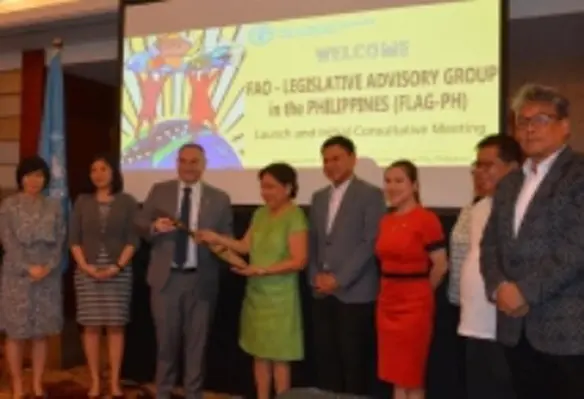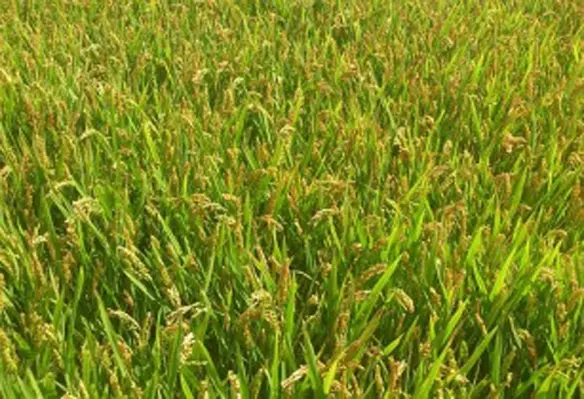Omex Agrifluids, the UK-based formulator and exporter of soluble plant nutrients, has introduced Omex Calmax, a foliar fertiliser for fruit and vegetable crops including coffee beans, aiming to improve fruit firmness, storability, colour and skin finish
Agriculture
FAO launches pilot parliamentary alliance for food security in the Philippines

FAO representative in the Philippines Jose Luis Fernandez and Senator Cynthia Villar lead the launch of the FAO Legislative Advisory Group-Philippines (FLAG-PH). (Image source: FAO)
The UN Food and Agriculture Organisation (FAO) has launched the FAO Legislative Advisory Group-Philippines (FLAG-PH), a move that aims to ensure food security and nutrition in the Philippines
World's largest non-governmental climate insurance programme for smallholder farmers launched

Linel holds her chainsaw which she purchased with a recovery loan from VisionFund for cutting fallen trees from typhoon Haiyan in the Philippines. (Image source: VisionFund)
VisionFund International, World Vision’s microfinance arm and Global Parametrics, has launched a new climate insurance programme, the African and Asian Resilience in Disaster Insurance Scheme (ARDIS), that will benefit more than four million people in six low-income countries
Skills shortage in the agritech sector holding back IoT innovation: Inmarsat

IoT aims to reduce the need for manual intervention on the ground. (Image source: AgriLife Today/Flickr)
While the vast majority of agritech companies are moving towards IoT, a significant proportion lack the staff and skills needed to take advantage of the technology, according to independent research commissioned by Inmarsat
Myanmar farmers gain knowledge on laser levelling

Levelling rice fields reduces the amount of water used in cultivation. (Image source: VALERIANO SERRANO/Pixabay)
The Swiss Agency for Development and Cooperation (SDC) funded project, Closing the Rice Yield Gap with Reduced Environmental Footprint project (CORIGAP), conducted a basic operator’s training and demonstration of laser-assisted land levelling technology in Letpadan, Bago Region Myanmar. More than 80 farmers were given first hand experience in using laser land levelling technology





